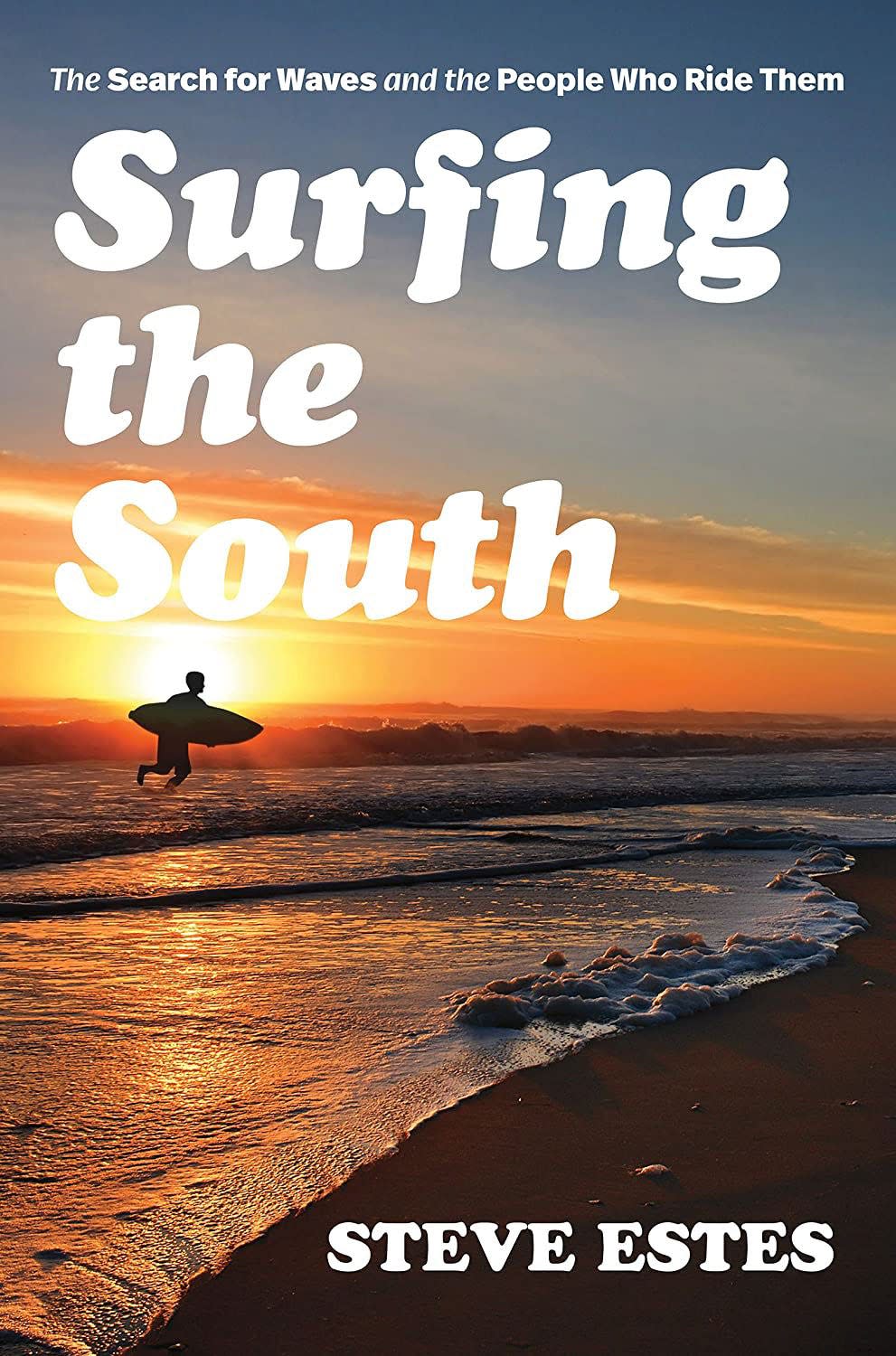Book 'Surfing the South' explores Southern-style endless summer, visits Wrightsville Beach

North Carolina is a great place to live, but face it: When it comes to surfing, we're not California or Hawaii.
Nor is the rest of the Southeast, or the Gulf Coast. Our shoreline generally lacks the point breaks or the reef breaks that churn the biggest waves. ("Point Break," by the way, isn't just a 1991 surf movie with Patrick Swayze and Keanu Reeves, but a headland or jetty that diverts the course of a wave.)
Unless there's a hurricane watch, we rarely see anything resembling a pipeline.
More: 'Wingwalkers,' by former Wilmington writer Taylor Brown, is a fanciful take on Faulkner
Still, Southern surfing has its own charms, argues Steve Estes, a South Carolina native, former student at the University of North Carolina at Chapel Hill and a surfer for three decades. Surfers down here have to develop acute senses for incoming waves, and they learn to maneuver from wave front to wave front, catching a new lift, as it were, to extend their rides.
Lots of folks surf here, and many are characters.
As detailed in his book, "Surfing the South: The Search for Waves and the People Who Ride Them," Estes — who teaches history at Sonoma State University — took a regional surf tour from Galveston, Texas, to Ocean City, Maryland. Accompanied by his daughter Zinnia — age 11, going on 40, and already suffering teenage ennui — he sampled local waves, talked to local surf masters and generally scoped the scene.
The result is a casual, meandering narrative, part history, part profile, part travelogue.
More: Little movie with big stars shoots in Southport, town has been focus of film activity
On the Cape Fear Coast, for example, Estes talked with Joseph "Skipper" Funderburg, a co-founder of the Wrightsville Beach Surf Club in 1964. Skipper owned a used hearse, ideal for shipping longboards to the beach. He and his buddies fought a running skirmish with Wrightsville Beach Police Chief Millard "Stinky" Williamson, who exiled surfers to the north end of the beach. (Some Wrightsville town fathers wanted them banned entirely.)
The reasons were practical. In the days before leashes, a surfboard could turn into a rogue missile, aimed straight for a hapless tourist splashing close to shore.
Estes also interviewed Wilmington native Will Allison, a surfboard "shaper" whose handmade boards became a brand name.
Between sessions, he and Zinnia also discovered Flaming Amy's Burrito Barn, where Estes overcame his California traditionalist scruples and actually enjoyed a shrimp burrito.
Elsewhere, the surfers whom Estes encountered included a Mississippi river boat captain, a Louisiana alligator hunter, a South Carolina mill worker who heads for Folly Beach every chance he gets and a former teenaged surf-shop magnate who now runs his enterprises from the back room of a Buffalo Wild Wings.
Estes, the historian, notes that the story of surfing is much like the story of modern America. There are African-Americans and women struggling to get their time in the water, and everywhere, surfers are often at the forefront of environmental crusades.
BOOK REVIEW
'SURFING THE SOUTH: The Search for Waves an the People Who Ride Them'
By Steve Estes
Chapel Hill: University of North Carolina Press, $19 paperback
This article originally appeared on Wilmington StarNews: New book Surfing the South by Steve Estes dives into an endless summer

